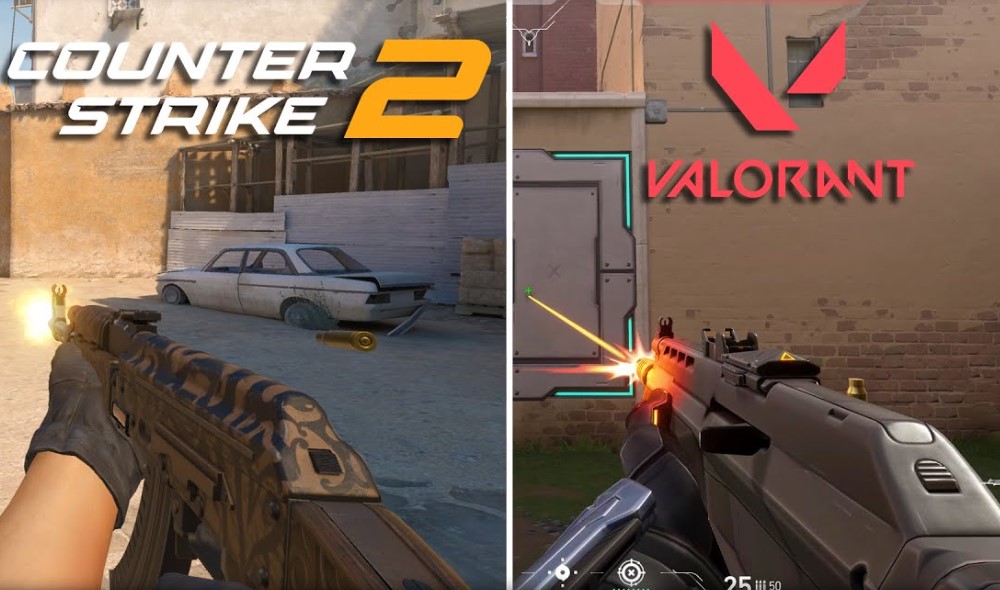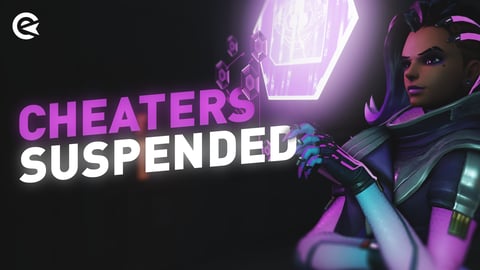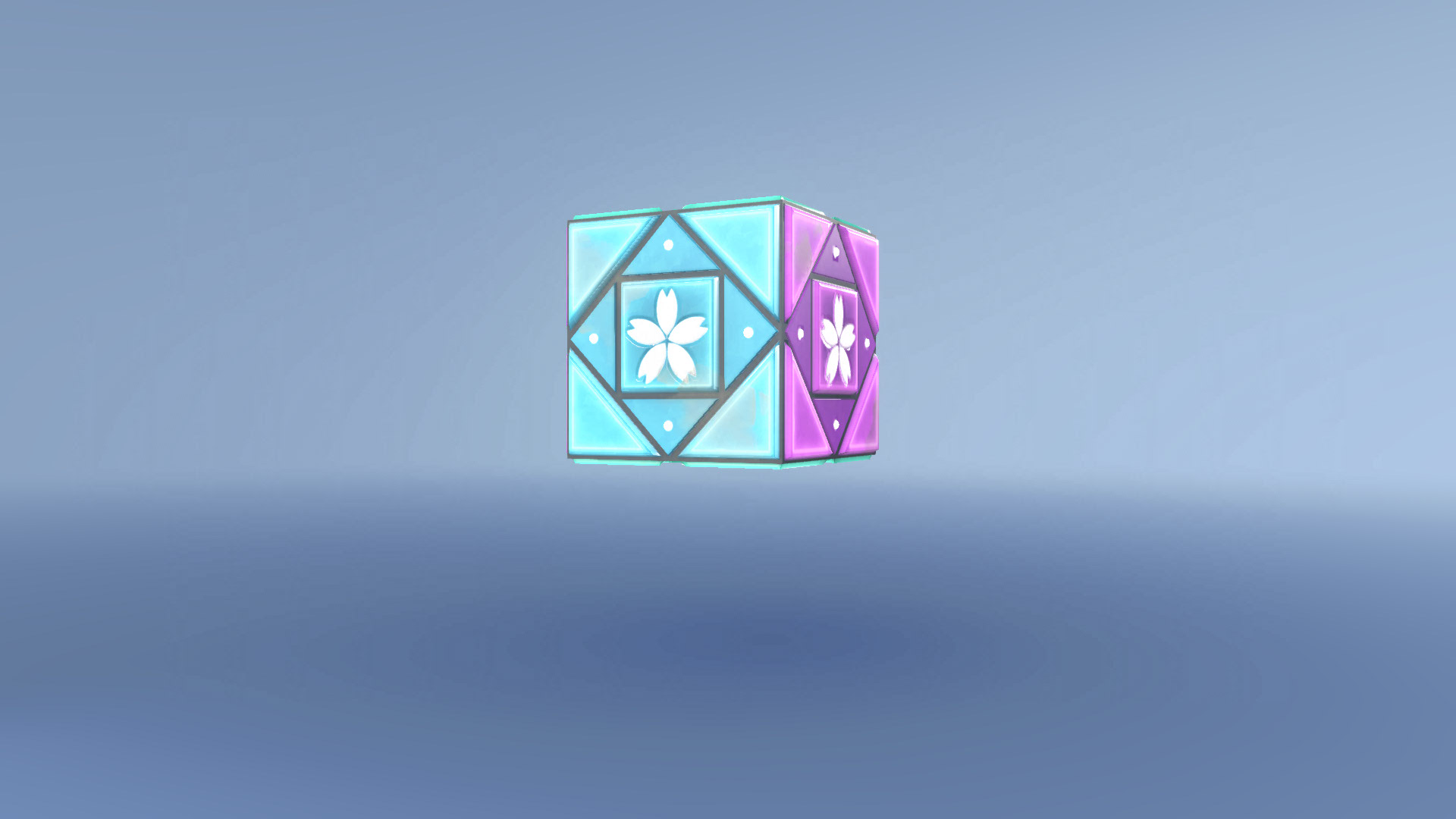How to Transition from Counter-Strike to Valorant?
Transitioning from one first-person shooter to another can be a daunting task, especially when the new game has a unique set of mechanics, abilities, and terminology. If you’ve been playing Counter-Strike and are looking to make the switch to Valorant, you might find the game overwhelming at first. However, with the right approach and guidance, you can make the transition smoother and less stressful.
Understanding the Agents:
One of the key differences between Counter-Strike and Valorant is the presence of agents, each with their own unique abilities. As a new player, it’s essential to take the time to understand what each agent can do. A good starting point is to have a friend or experienced player explain the basics of each agent to you. This will give you a general idea of their roles and how they can impact the game.
Trying Out Different Agents:

Once you have a basic understanding of the agents, it’s time to experiment with them yourself. If you have a friend who already plays Valorant, ask if you can try out different agents on their account. This will allow you to get a feel for each agent’s playstyle without having to unlock them on your own account. Take note of which agents you enjoy playing and feel comfortable with.
Focusing on One Agent:
After trying out various agents, it’s a good idea to settle on one that you want to main. This will help you focus your learning and master that agent’s abilities and playstyle. For example, if you decide to main Sova, you can concentrate on learning lineups for his recon bolt and shock dart, as well as understanding how to use his ultimate effectively.
Learning the Sound Cues and Dialogue:
Valorant has a lot of sound cues and dialogue that indicate when an ultimate ability is being used or when certain actions are taking place. As a new player, it can be overwhelming to keep track of all this information. However, with time and practice, you’ll start to recognize these audio cues and use them to your advantage. Don’t worry if you don’t catch everything at first; focus on the most important ones, such as the sound of an enemy ultimate being activated.
Mastering the Callouts:

Another important aspect of Valorant is the callouts for different areas of the map. Learning these callouts will help you communicate effectively with your team and quickly relay important information. Start by focusing on the most common callouts for each map, such as “A site,” “B site,” and “mid.” As you play more, you’ll naturally pick up on more specific callouts.
Taking Breaks and Avoiding Burnout:
Learning a new game can be mentally taxing, and it’s essential to avoid getting worn out too quickly. Take breaks when you need to, and don’t feel pressured to play for hours on end. It’s better to have shorter, focused sessions where you’re actively learning and improving rather than long, frustrating ones where you’re not making progress.
We understand that this can be overwhelming, so we recommend you consider getting yourself a cheap duo carry in Valorant to play by your side and teach you the important mechanics of the game. That way you ensure yourself an easy transition to Valorant.
To sum it all up:

Transitioning from Counter-Strike to Valorant can be challenging, but with the right mindset and approach, you can make the process much smoother. Take the time to understand the agents, experiment with different playstyles, and focus on learning the most important aspects of the game first. Remember to pace yourself and avoid burnout by taking breaks when needed. With practice and persistence, you’ll soon find yourself enjoying the unique gameplay that Valorant has to offer.










